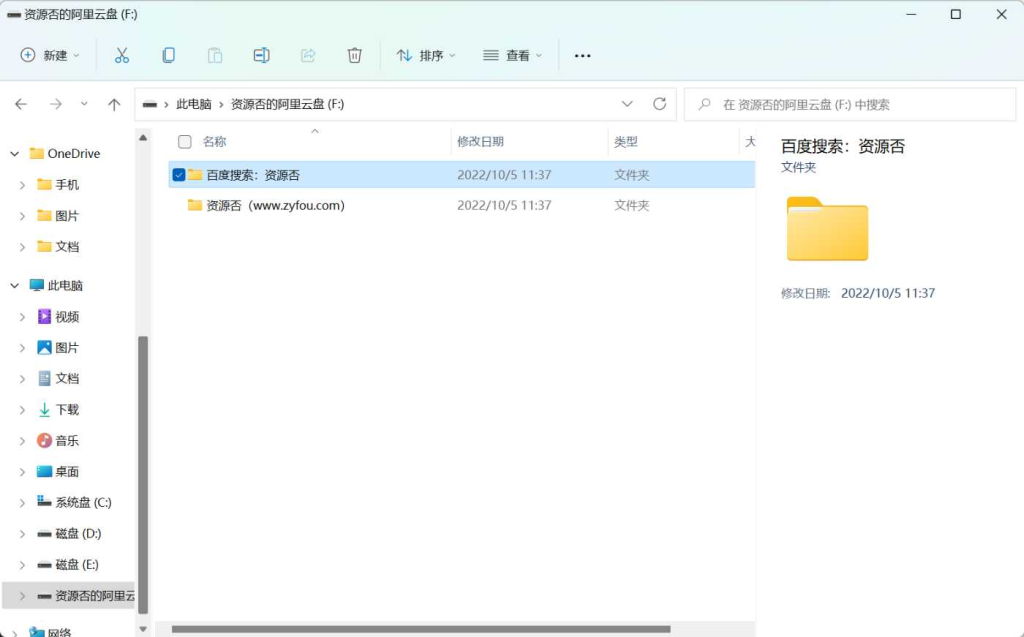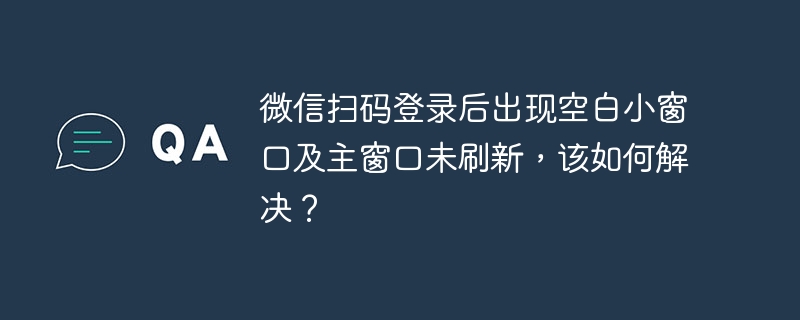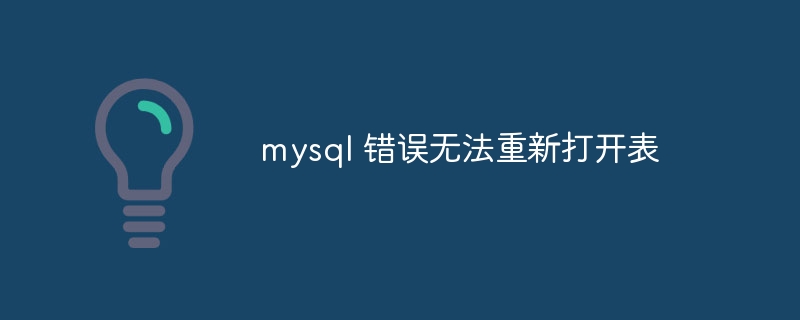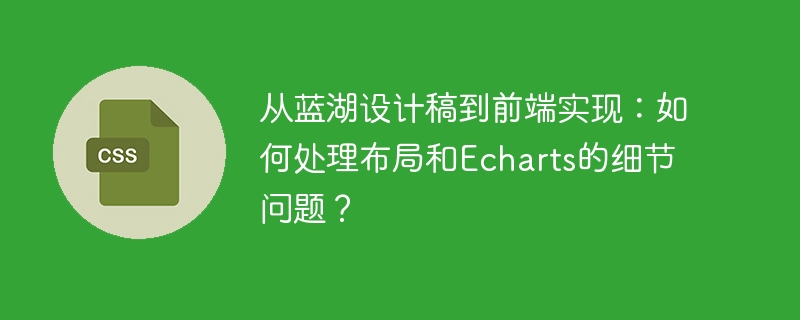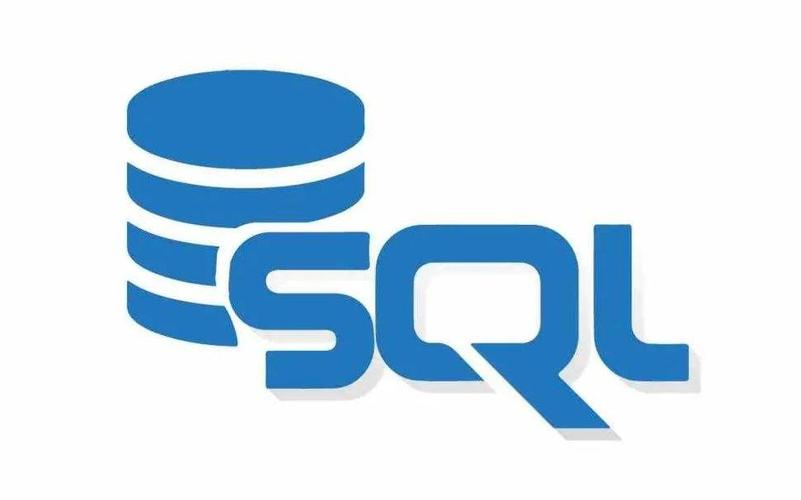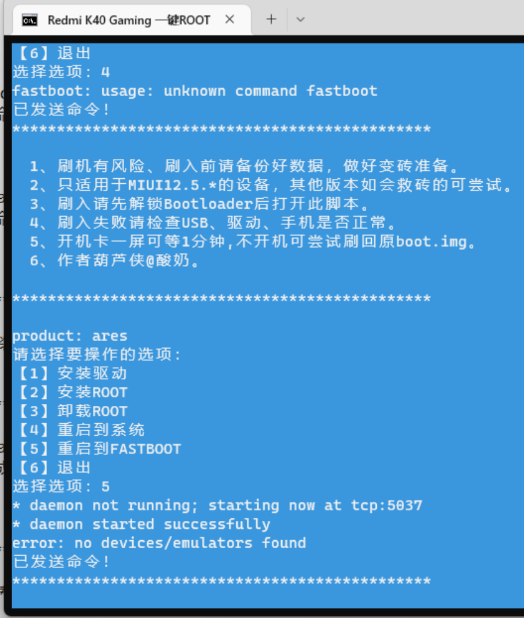在JavaScript中處理promise的錯誤主要有三種方法:1) 使用.catch()方法捕獲promise鏈中的錯誤;2) 使用.then()方法的第二個參數處理當前塊的錯誤;3) 使用promise.all()處理多個promise的錯誤。通過合理使用這些方法以及async/await和錯誤重試機制,可以有效提升代碼的健壯性和可維護性。

在JavaScript中處理Promise的錯誤是開發過程中不可或缺的一部分。Promise的錯誤處理不僅能幫助我們捕獲和處理異步操作中的異常,還能提升代碼的健壯性和可維護性。今天我們就來深入探討一下如何用JavaScript處理Promise的錯誤。
處理Promise的錯誤主要有幾種方法,每種方法都有其獨特的應用場景和優缺點。首先,我們需要理解Promise的基本結構和錯誤處理的核心概念。
Promise的錯誤處理主要通過.catch()方法來實現。這個方法可以捕獲Promise鏈中的任何錯誤。讓我們來看一個簡單的例子:
立即學習“Java免費學習筆記(深入)”;
fetch('https://api.example.com/data') .then(response => response.json()) .then(data => console.log(data)) .catch(error => console.error('Error:', error));
在這個例子中,如果fetch請求失敗或者response.json()解析失敗,.catch()方法會捕獲到錯誤并打印出來。
除了.catch()方法,我們還可以使用.then()方法的第二個參數來處理錯誤:
fetch('https://api.example.com/data') .then(response => response.json(), error => console.error('Error:', error)) .then(data => console.log(data));
這種方法在某些情況下更簡潔,但不推薦在復雜的Promise鏈中使用,因為它只會捕獲當前.then()塊中的錯誤。
在實際開發中,我們經常會遇到需要處理多個Promise的情況。這時,可以使用Promise.all()來處理多個Promise的錯誤:
const promise1 = fetch('https://api.example.com/data1'); const promise2 = fetch('https://api.example.com/data2'); Promise.all([promise1, promise2]) .then(responses => Promise.all(responses.map(response => response.json()))) .then(data => console.log(data)) .catch(error => console.error('Error:', error));
Promise.all()會等待所有Promise都完成或有一個Promise拒絕。如果有一個Promise拒絕,整個Promise.all()會立即拒絕,并通過.catch()捕獲錯誤。
處理Promise的錯誤時,還需要注意一些常見的誤區和最佳實踐:
- 不要在.catch()中拋出錯誤:在.catch()中拋出錯誤會導致Promise鏈中斷,無法繼續處理后續的操作。如果需要在.catch()中處理錯誤并繼續執行,可以返回一個新的Promise。
fetch('https://api.example.com/data') .then(response => response.json()) .catch(error => { console.error('Error:', error); return Promise.reject(error); // 繼續傳遞錯誤 }) .then(data => console.log(data)) .catch(finalError => console.error('Final error:', finalError));
async function fetchData() { try { const response = await fetch('https://api.example.com/data'); const data = await response.json(); console.log(data); } catch (error) { console.error('Error:', error); } } fetchData();
- 錯誤處理的粒度:在復雜的Promise鏈中,錯誤處理的粒度非常重要。可以選擇在每個.then()塊中處理錯誤,或者在整個Promise鏈的末尾統一處理錯誤。根據具體需求選擇合適的錯誤處理策略。
fetch('https://api.example.com/data') .then(response => { if (!response.ok) { throw new Error('Network response was not ok'); } return response.json(); }) .then(data => console.log(data)) .catch(error => console.error('Error:', error));
在處理Promise的錯誤時,還需要考慮性能優化和最佳實踐:
-
避免過多的嵌套:過多的Promise嵌套會導致代碼難以閱讀和維護。可以使用async/await或者Promise鏈來簡化代碼結構。
-
錯誤日志和監控:在生產環境中,錯誤日志和監控系統是必不可少的。可以使用第三方服務如sentry來捕獲和分析Promise錯誤。
function retryFetch(url, maxRetries = 3, delay = 1000) { return new Promise((resolve, reject) => { function attempt(retryCount) { fetch(url) .then(response => response.json()) .then(data => resolve(data)) .catch(error => { if (retryCount attempt(retryCount + 1), delay); } else { reject(error); } }); } attempt(0); }); } retryFetch('https://api.example.com/data') .then(data => console.log(data)) .catch(error => console.error('Error:', error));
總的來說,處理Promise的錯誤需要結合實際需求,選擇合適的錯誤處理策略。通過合理使用.catch()、async/await和錯誤重試機制,可以有效提升代碼的健壯性和可維護性。在實際開發中,靈活運用這些技術和最佳實踐,可以幫助我們更好地應對異步編程中的各種挑戰。










